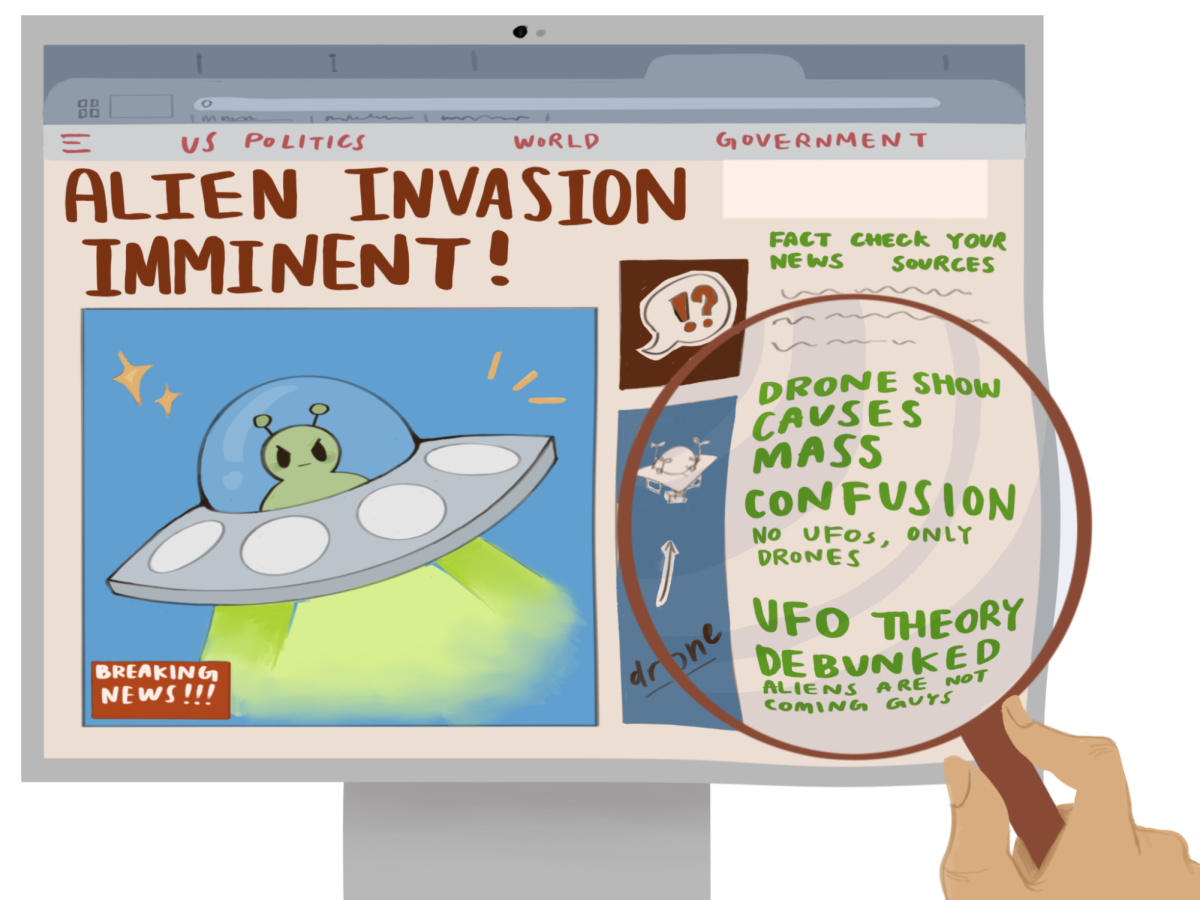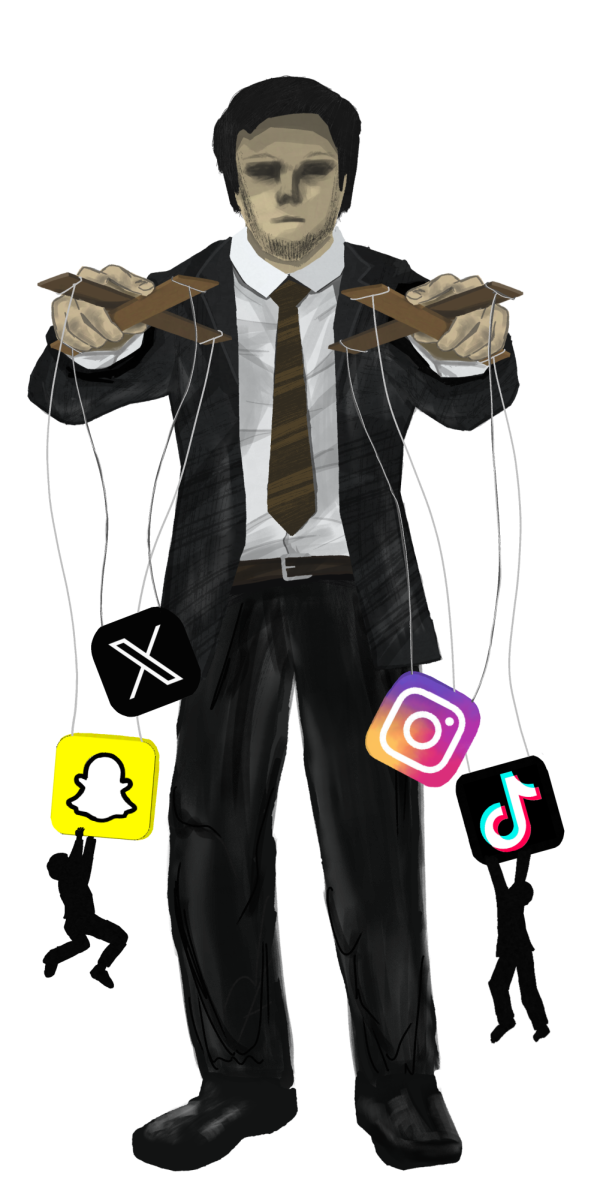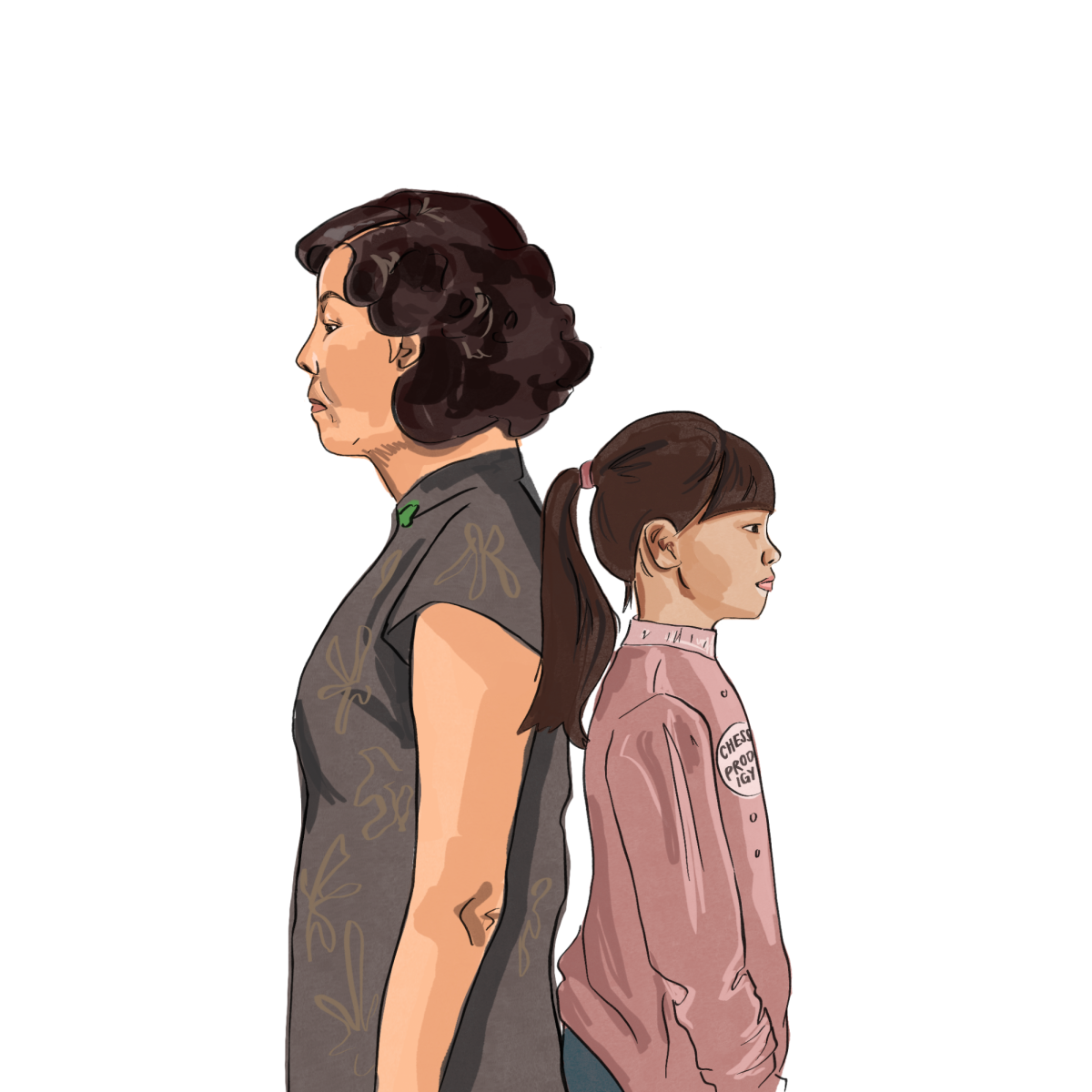On Dec. 1, 1955, Rosa Parks, sitting in the “colored” section of the public bus, refused to give up her seat to a white passenger. Park’s recalcitrant behavior resulted in her arrest and a $10 fine. This event catalyzed the Montgomery bus boycott, a 13-month mass protest involving roughly 40,000 Black Americans that resulted in the landmark Browder v. Gayle U.S. Supreme Court decision which legally ended racial segregation on public transportation in Alabama. Effectively ending the segregation of buses in Montgomery and across the nation, this protest would become one of the most famous historical examples of a successful boycott.
According to Merriam-Webster, to boycott is to “engage in a concerted refusal to have dealings with (a person, a store, an organization, etc.) usually to express disapproval or to force acceptance of certain conditions.” This form of peaceful protest originates from the Ireland Land War of the 1880s, when Irish tenant farmers protested against English landlord Charles Stewart Parnell’s unfair treatment and high rent prices. Over time, however, it has evolved to become one of the most powerful protest strategies for local, national and global issues. Especially in a digital age in which protests are widely advertised, students need to be more aware of the potential impacts of boycotting and avoid performative or ineffective protests.
Differences between company and consumer values have made boycotts against consumer goods companies prevalent today. This manner of protest is successful because it leverages both economic and social influence against an organization. By inflicting reductions in revenue, boycotts force businesses to reconsider company policies to mitigate further financial damage. However, not all of these boycotts impact a company’s sales revenue, since people may publicly denounce an institution but still purchase its products out of habit. Take the recent boycott efforts with Amazon, for instance. The company has been accused of tax avoidance, poor working conditions and unethical labor practices, and as a result of the “vote with your dollar” philosophy, many people have encouraged boycotting Amazon goods. But due to the near-monopoly Amazon has on the online marketplace and society’s dependence on their unparalleled fast delivery, reliability and variety, its stocks and overall market value faced little impact from this movement.
On the other hand, companies with many competitors are most impacted by boycotts, since customers can buy substitute goods more easily. Take beer brand Bud Light: According to the Associated Press, following the April 2023 controversy regarding transgender influencer Dylan Mulvaney, its year-over-year sales declined 25% to 30% for several months.
Boycotts may also be ineffective if the participants aren’t the company’s target consumer. For example, the People for the Ethical Treatment of Animals’ boycotting fast-food chain KFC has had little to no financial impact to the chain since PETA is not the main consumer demographic that restaurants like KFC cater to.
Nevertheless, boycotts can wield significant damage through negative media attention and reputational damages. In the digital age, social media figures with large platforms have the power to persuade millions of people. According to LendingTree, an online marketplace nonprofit, a poll that was sent out to company consumers in 2022 reported that friends and family influence 47% of boycott decisions, politicians impact 20%, and celebrities or influencers impact 19%. 34% of Generation Z boycotters said celebrities or influencers impacted their decision to participate in a boycott. One example of this media-driven phenomenon is the boycott on Starbucks: In the early stages of the Israel-Hamas war, Starbucks Workers United, unaffiliated with the official Starbucks corporation, posted the message, “Solidarity with Palestine” on their Twitter account. Unwilling to be associated with the workers union’s stance, Starbucks released a clarifying statement and filed a lawsuit against the workers for trademark infringement of the Starbucks logo. Even though Starbucks has stated that it doesn’t directly fund the State of Israel, many people believe this boycott is a way for people to align themselves with Palestine, support an anti-violence ideology and uphold a union’s ability to express themselves politically. According to The Economic Times, Starbucks has seen a loss of $11 billion due to the recent boycotts.
Generally, successful boycotts are those that generate the most social media attention because it spurs larger collective action and allows for activists to garner more support globally. In recent years, for example, collective criticism surrounding the unethical labor practices and negative environmental impacts of Shein — a large fast-fashion clothing company — has led many to stop purchasing from the vendor. Eventually, Shein even released a statement of investigation into unsafe work conditions in some of their supplier facilities. According to data analysis company Statista, Shein saw a sales growth decrease of 2.8% in the second quarter of 2023 compared to a 341.9% increase in the first quarter of 2021. According to media analytics company Commetric, 25% of boycotts receiving national media attention won concessions from the target company.
Even though boycotts through media advocacy can be effective, they should not be relied upon as the sole tool for advocacy. As polarization increases and media becomes more saturated with campaigns, the boycotts’ effect can become diluted and less effective. Instead, this method should be used in moderation and in conjunction with other forms of protest. The Civil Rights Movement of the 1950s and 1960s, for example, went beyond boycotts to economically pressure institutions that practiced segregation: mass demonstrations such as the Selma to Montgomery march, legal struggles like Brown v. Board of Education, grassroot organizations that mobilized local leaders and individuals, media campaigns, and coalition-building with groups from diverse backgrounds to garner support. It is not any of these events in singularity that passed the Civil Rights Act of 1964, but the power and conviction of millions of people who persisted in their beliefs.
Ultimately, a boycott alone, however effective, will not define a social movement or result in substantial, legislative change — even if it achieves considerable media attraction. It is important to remember, especially in a world that increasingly prioritizes speed and efficiency, that affecting true change is difficult: It requires tremendous effort, time, patience and faith in one’s beliefs despite setbacks, and most importantly, a willingness to fight.
























